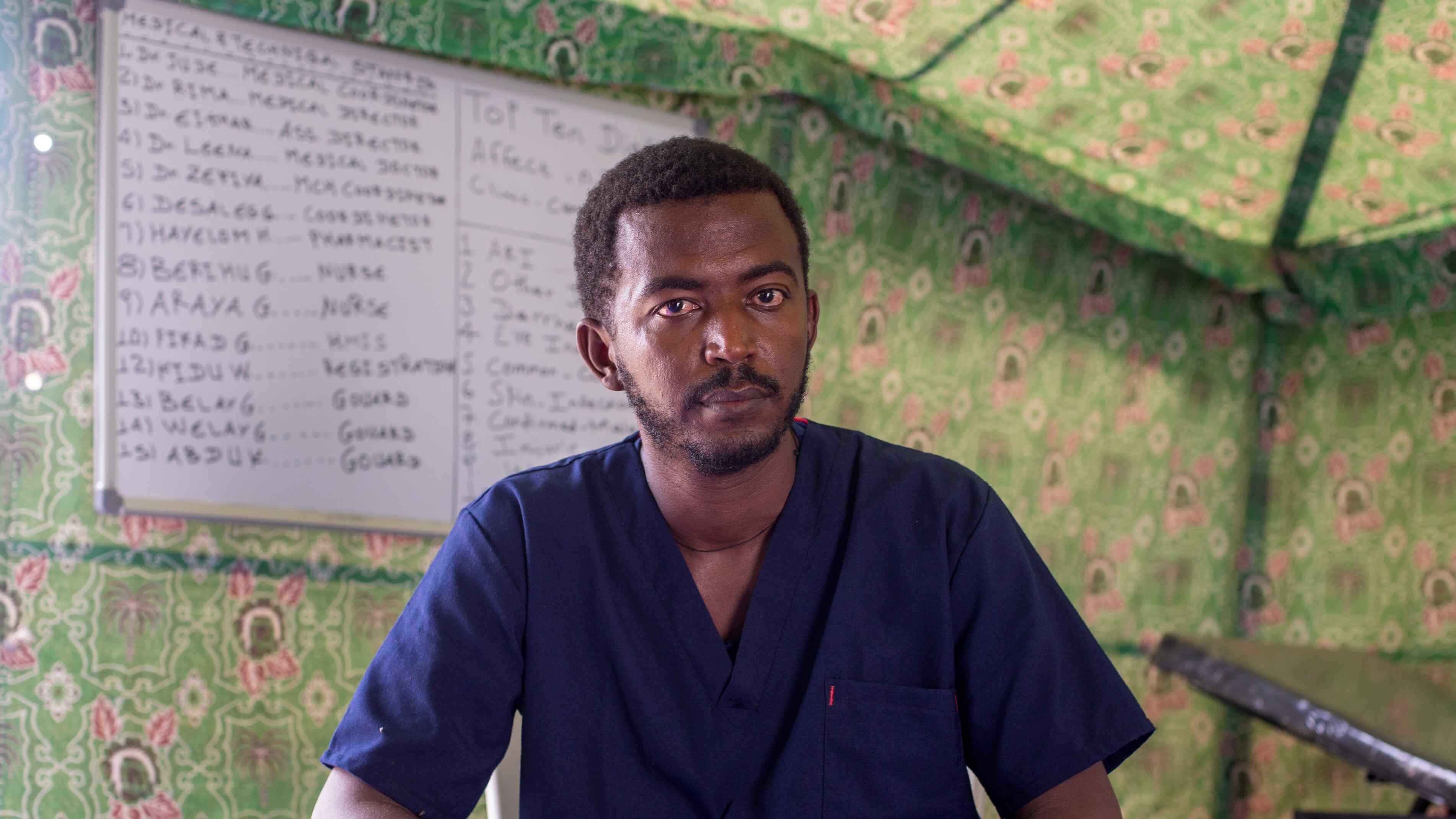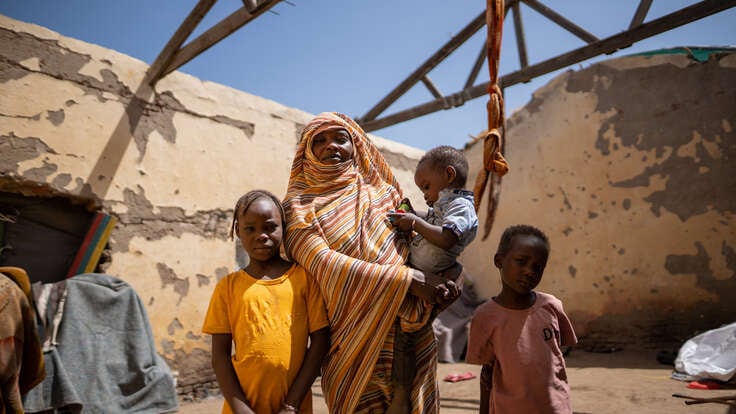IRC report spotlights Sudan as the world’s worst displacement crisis
- More than 8.2 million people have fled their homes since conflict in Sudan broke out on April 15, 2023.
- Almost 2 million people have been displaced into neighboring countries, including the Central African Republic, Chad, Egypt, Uganda and South Sudan.
- 18 million people in Sudan face acute food insecurity as the country is also on course to become the world’s largest hunger crisis.
- Sudan’s humanitarian situation will continue to deteriorate until parties to the conflict agree to stop the fighting, protect civilians and ensure unrestricted access to lifesaving humanitarian aid.
Country facts
- Population: 47 million
- People in need of humanitarian support: 25 million
- People displaced by conflict since April 2023: more than 8.2 million
- People facing crisis levels of food insecurity or worse: 18 million
IRC response
- Started work in Sudan: 1981
- Scaling up program delivery across six offices
Competition between rival branches of the Sudanese security forces has pushed Sudan into a widespread conflict and is driving a protracted crisis across the region, leaving over 25 million people in humanitarian need and landing Sudan on top of the IRC’s 2024 Emergency Watchlist.
Conflict between the Sudanese Armed Forces (SAF) and Rapid Support Forces (RSF) broke out on April 15, 2023, ending several years of cooperation between the two forces.
Sudan has a long history of civil war and armed insurgency. Two civil wars spanning decades of the country’s history—the Anyanya Rebellion and the Second Sudanese Civil War—caused mass displacement, injury and death. As a result, even before April 2023, many Sudanese were displaced within the country due to continued insecurity. In addition, conflict in the neighboring Tigray region of Ethiopia led to the flight of 60,000 refugees into eastern Sudan.
In recent years, extreme weather shocks such as drought and flooding have also devastated livelihoods and forced more people from their homes. Most of Sudan’s population live in rural areas and depend on rain to raise crops and livestock. Swarms of locusts have descended on farmland, destroying harvests and contributing to the rising cost of food.
After one year of fighting, humanitarian needs have more than doubled, leaving nearly 25 million people in need of assistance. Sudan also faces the world’s largest displacement crisis with over 8.2 million people forcibly displaced, including 6.5 million internally displaced people (IDP).
Sudan is also experiencing one of the worst hunger crises in the world and the likelihood of mass starvation in parts of the country is high. There are currently at least 18 million (more than 37% of the population) facing crisis or emergency levels of food insecurity—meaning that their lives are in danger from a lack of available, affordable food. This is 10 million more than before the start of the conflict, and the highest figure ever recorded in a post-harvest season.
Nearly 5 million people are on the brink of famine, which could lead to mass starvation and death. Nearly 4 million Sudanese children under 5 years old are malnourished, 700,000 of which are experiencing severe acute malnutrition—the most dangerous and deadly form of extreme hunger.
Conflict is the primary driver of food insecurity and humanitarian suffering in Sudan. It has forced farmers to abandon their lands, disrupted markets, led to massive displacement, impacted people’s earnings, destroyed public services and restricted access to aid.
In response to growing needs, the IRC has scaled up our capacity in Sudan and expanded our delivery of humanitarian services. Despite immense operational challenges, including the closure of certain offices and suspension of operations in some areas due to security concerns, the IRC is supporting communities inside and outside Sudan:
- We continue to provide services to displaced people in Sudan as well as Sudanese refugees in neighboring countries. Currently, we provide an integrated water, sanitation and hygiene program, child protection services and women and girls’ protection and empowerment services including to gender-based violence survivors, in addition to livelihood intervention through multi-purpose cash assistance.
- After conflict broke out in April 2023, we established a presence in Wad Madani, Al Jazeera state where thousands of IDPs have settled after fleeing conflict in Khartoum. We prioritized the delivery of health and nutrition services, until we were forced to close the office and relocate our staff and programming following the takeover of Al Jazeera State by RSF in December 2023.
- We’ve suspended operations in South Kordofan and Al Jazeera states due to security concerns, but remain operational in Blue Nile, White Nile, Gedaref states and are expanding to River Nile State. We have a logistics and coordination office in Port Sudan.
- In Khartoum, we’ve been able to provide support to clients in partnership with community-based groups. We have also resumed our direct work in accessible parts of Khartoum.
As the number of people in need of humanitarian assistance in Sudan continues to grow, and more people are displaced by the on-going conflict, the IRC is looking to scale up our current support, add new services—for example, increasing support for women affected by gender-based violence—and expand to other parts of the country.

